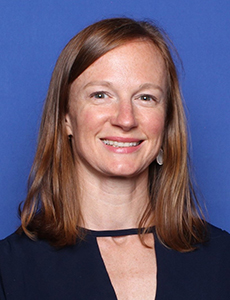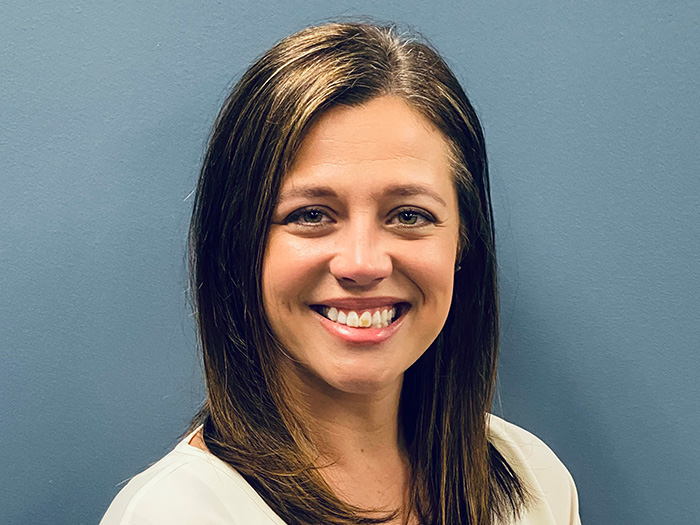Sponsored: AXA XL
As SPACs Advance, So Does the D&O Underwriting Market

An investment trend that is gaining in popularity presents a substantial business opportunity for commercial insurers, specifically D&O underwriters, provided they can navigate a somewhat complex underwriting and claims process; that is, should significant claims develop.
What are known as special purpose acquisition companies, or SPACs, have existed for decades but became an increasing focus for investors in the latter half of 2020. Simply stated, the investment opportunity allows a management team, backed by investors, to form a vehicle, the SPAC, that acquires a private company, merges with it, and creates a new public entity.
Some consider this a more controlled and potentially profitable way to bring a private company public, as opposed to a standard IPO, provided the SPAC’s management team is talented enough to correctly gauge a market opportunity and execute on it. According to guidance from the Securities and Exchange Commission issued on May 25, 2021, the vehicle also can give investors more control over deal terms.
“It’s a way to bring a company public without having to go through the full registration process with the SEC,” said Erin McGinn, a Hartford, Conn.-based vice president, claims, with AXA XL.
According to John Burrows, a Hartford, Conn.-based senior vice president for AXA XL, there are currently more than 400 SPACs in the development pipeline.
“It seems, in the latter half of 2020, that the market had plenty of capital and investors were interested in investing in these SPACs,” he said. “And so a lot came to fruition in the second half of 2020.”
The possible advantages to the owners of private companies are that the SPAC process can bring much-needed capital to help grow the business, as well as the business savvy of the financial professionals forming the SPAC.
“Oftentimes, the SPAC is made up of talented individuals, private equity firms that are raising the capital. They may take board seats on that new company and that new company can benefit from their direction and expertise,” Burrows added.
The Underwriter’s View

Erin McGinn, Vice President, Claims, AXA XL
Because the volume of SPACs being created is significant, and their performance and claims pattern yet to be determined, Burrows said D&O underwriters are taking the position they would take with any newer category of risk.
That translates to higher retentions on the part of the insured, lower limits and higher premium prices on the part of the insurer.
“We’re going to rely heavily on the credibility of the management, their experience, and their historical results,” Burrows said of his team’s underwriting perspective.
The success rate , so far, seems to be good. According to an April 8, 2021 advisory by John Coates, the Acting Director of the Division of Corporate Finance for the SEC, only about 10% of SPACs since 2009 have liquidated as a result of failing to identify and bring public a private company prospect.
That being said, Coates wrote that liabilities in the formation of a DeSPAC, the new company formed via the purchase by the SPAC of the private company, could outstrip those in an IPO, should there be determined to be, in just one example, conflicts of interest on the part of management or board members.
That’s where D&O insurance might come in to play.
Burrows said a typical D&O policy written to cover a SPAC will be in force for a two-year period.
Adding complexity to the underwriting and potentially the claims process is that there are typically three insurance policies involved in the transformation of a private company to a public company via the SPAC.
Insurer “A” may write the policy on D&O risks held by the private company. Insurer “B” may cover the DeSPAC, a term for the company that exists when the SPAC merges with the private company. Insurer “C” may write the D&O policy for the SPAC.
Claims Scenarios

John Burrows, Senior Vice President, Professional, AXA XL
The type or origins of claims that could be filed against the board of directors of a SPAC or DeSPAC entity would echo the types of “disappointed investor” actions taken against any company, private or public.
Plaintiffs or class action members could allege that the board and management team misrepresented or failed to fully disclose the financials of the target company. Other claims could result due to allegations that risks, market or otherwise, faced by the private company, the SPAC or the DeSPAC weren’t transparently reported on.
To date, according to AXA XL’s McGinn, there have been a number of claims filed, but they haven’t amounted to much. McGinn said many of the claims have been dismissed, but her team doesn’t have much more information because defense counsel isn’t disclosing too many details when claims are settled or voluntarily dismissed.
“It’s so early in the process. It will be years before we know the true picture,” she said.
She was able to say that claim frequency is much more prominent in the field than claim severity at this point in time.
For those claims that are moving forward, that aforementioned complexity is in play.
“The claim comes in, or the lawsuit is filed, and you’ve already got three different policies that are implicated,” McGinn said.
“You potentially have different insurers on all of these policies, so you’re going to have to work closely with them,” she said.
There will be allocation arguments and capacity issues to settle. There will also be questions about whether any fraud was involved, and whether the claims filed will even result in a loss.
Add to that there will probably be at least three different brokerages involved in the placement of the three policies plus all the various insureds.
Opportunity Beckons
With so little claims severity to date, and so much SPAC activity due to ample available capital, Burrows said it is an exciting time, not just for those forming the SPACs, but for the D&O underwriters that have the expertise and the appetite to underwrite in this space.
“The interesting thing about this new ramp-up in SPACs is that there are going to be a lot of new public companies coming to fruition. Over the course of the next 18 months to two years, there are going to be a lot of private companies going public,” Burrows said.
Adding to the appeal of this trend for underwriters is the scope of the businesses that are going public through SPACs.
“These SPACs target lots of different kinds of companies. Electric vehicle manufacturers, green initiative companies, health care, I mean they run the gamut. So it’s pretty interesting what’s developing,” he said.
For more information about comprehensive D&O risk management solutions, please visit: https://axaxl.com/insurance/products/directors-and-officers.
This article was produced by the R&I Brand Studio, a unit of the advertising department of Risk & Insurance, in collaboration with AXA XL. The editorial staff of Risk & Insurance had no role in its preparation.










